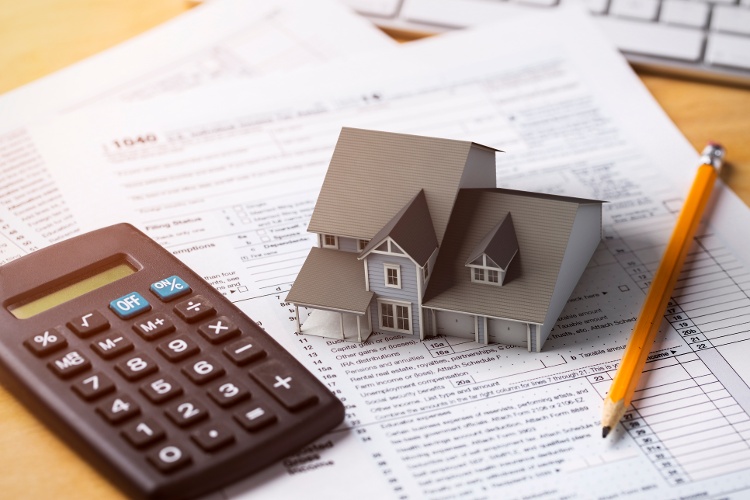How To Create A Cma Real Estate
Last updated on June 1, 2020
They say that value is in the eye of the beholder. While that's absolutely true when talking about the potential of income-producing real estate, it doesn't mean you should have to pay more for a rental property than its fair market value. Here's how to do a comparative market analysis (CMA) to help learn what the current market value of a property really is, along with two creative ways to use a CMA to your advantage. A comparative market analysis (CMA) analyzes the sales activity of similar properties in the same neighborhood or market area. Real estate agents and brokers prepare CMAs for free for their clients, normally using data from the MLS (multiple listing service). The CMA provides a snapshot of what a property is worth at a given point in time. In dynamic real estate markets where property values change quickly, a CMA can quickly become outdated, sometimes after only a few weeks. Because no two properties are exactly the same, a CMA includes price adjustments to the 'subject property' – which is another name for the property being purchased or listed for sale. These adjustments create a more accurate, apples-to-apples comparison that is then used as a guide for buyers and sellers to determine the fair market value of the property at a specific point in time. The accuracy of a comparative market analysis largely depends on the properties selected for comparison to the subject property. Choosing the wrong comps could mean overpaying if you're the home buyer or leaving money on the table if you're the seller. Here are four factors to consider when selecting comparable properties: Here's a quick look at the information you can expect to find in a CMA: There are eight general steps that are followed when creating a comparative market analysis: Here's an example of how to put together a basic CMA for a single-family house. Our subject property is a 1,500 square foot, 3-bed, 2-bath single-level home listed for sale at $150,000 that was built 10 years ago. How does the asking price compare to similar recent sales in the neighborhood? We'll begin by selecting four recent sales comps for houses that are most similar to the subject property: Next, we'll calculate the average price per square foot of our four comparables, taking into account the value adjustments made: Then, we can determine the fair market value of the subject property: According to our quick CMA, the asking price of $150,000 is slightly less than the fair market value of $153,750. In some ways, a CMA contains similar data to what is found on a professional property appraisal ordered by a lender, although on a more basic level. Before making an offer on a property, a CMA can give you a good idea of what the property might appraise. That way, you'll be able to avoid overbidding or losing out on a good deal because another investor offered a more realistic purchase price. In addition to determining fair market value, there are a couple of creative ways to use a CMA: Doing a CMA the right way gives real estate investors a better idea of the fair market value of a property at a specific point in time. An accurate comparative market analysis lets a buyer know if the asking price is too high, and a seller know if the listing price is fair. In active real estate markets, where prices are quickly moving up or down, the fair market value of a property determined by the CMA can become out of date in just a few weeks. For example, a real estate market shifting from a seller's market to a buyer's market forces prices down when there's more inventory on the market. What Is a Comparative Market Analysis?

What Makes a Good Comparable?
Information Contained in a CMA

How to Do a Comparative Market Analysis
Step #1: Collect detailed information for the subject property
Step #2: Review property tax assessment and previous sales data
Step #3: Analyze the neighborhood

Step #4: Carefully select comparable properties
Step #5: Determine value adjustments for the comparable properties
Step #6: Calculate average price per square foot of each comp
Step #7: Compile and compare
Step #8: View the property

Example of a Single-family Home CMA
Creative Ways to Use a CMA
Final Thoughts

How To Create A Cma Real Estate
Source: https://learn.roofstock.com/blog/how-to-do-a-comparative-market-analysis
Posted by: dixonaname1987.blogspot.com

0 Response to "How To Create A Cma Real Estate"
Post a Comment